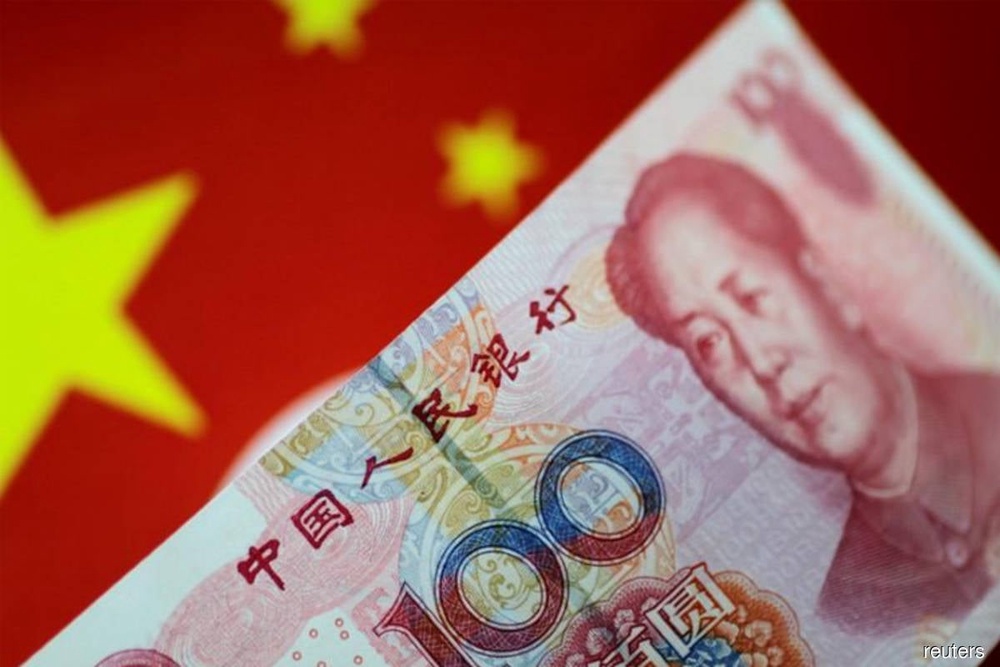The economy is in “deep distress” and its successful model of growth for the past 40 years – after the economic reforms introduced by Deng Xiaoping in the 1980s – is “broken,” as per reports in the global media.
Its much-slower growth in the past few years – 5.5 per cent year-on-year -has also been worsened by “unfavourable demographics and a widening divide with the US and its allies, jeopardizing foreign investment and growth,” the reports say. China’s total governmental debt climbed by a huge 300 per cent last year, up from the 200 per cent in 2012. China itself admits the growth model of the past decades has its “limits.”
The well-being of a nation is measured primarily in relation to the state of its economy. If growth takes a hit, its impact would be felt across the spectrum and mass disenchantment with the governance system would be all too pronounced. While China maintained high growth rates since the turn of the century and more so after 2010, emerging as the strongest economy in Asia by outwitting Japan and also the second largest economy in the world in terms of GDP. The high growth rate for China was eventually trimmed by President Xi Jinping with a view to solidifying the economic growth. All was going well up until the Covid19 health crisis gripped the nation. Its economy, anchored in exports to world markets, was shattered. China is yet to regain its growth momentum.
Significantly, there is no social upheaval in China so far, other than by pro-democracy activists in largely westernised Hong Kong down east-south, or the militants in Xinjiang province in the western sector, where over a crore of Uyghurs or Muslims are restive. What keeps tempers low in China is the well-being on the economic front. If the economy fails to grow, matching with the aspirations of the people, the situation would be tailor-made for trouble. A similar fate awaits India too, where elections have the potential to unseat governments. The Modi government’s main strength so far has been that it managed the economy without much rupture. The ordinary people as such might have experienced only a trickle- down effect, while the rich got richer and the upper 20 per cent bracket provided a feel-good atmosphere to the economy by using their purchasing power. It must be admitted that India stood its ground despite the Covid-related hit it took. Still, with just eight months left for the next parliament polls, Prime Minister Modi will squarely have to face odds if the prices of essentials keep rising to unacceptable levels as is already the case with certain basic essential commodities. China’s downward economic slide should serve as a lesson to all countries.

